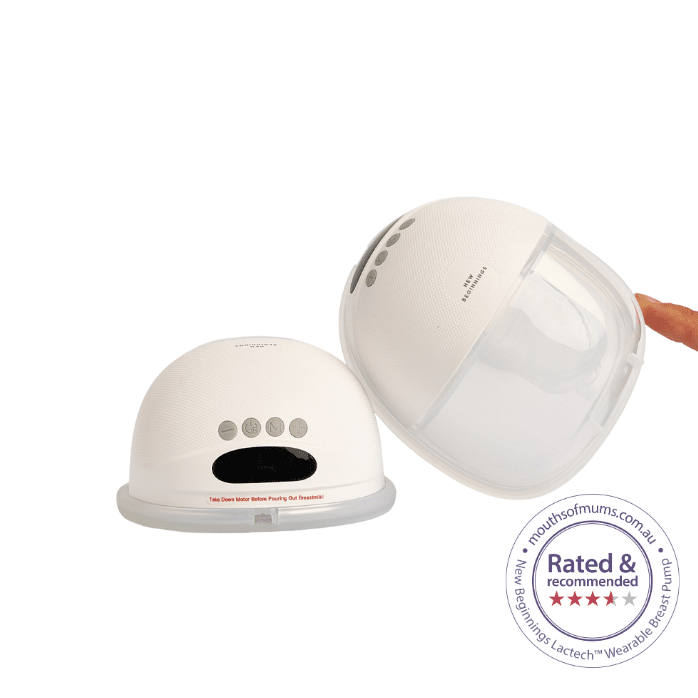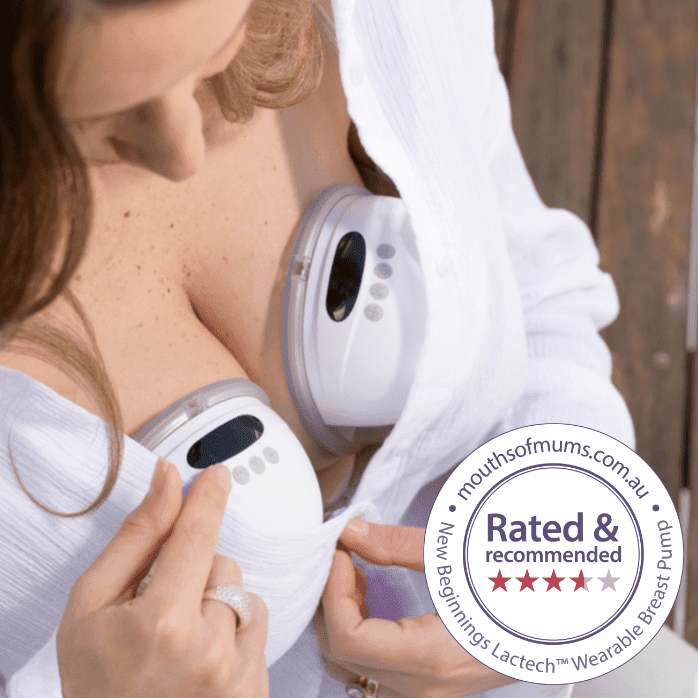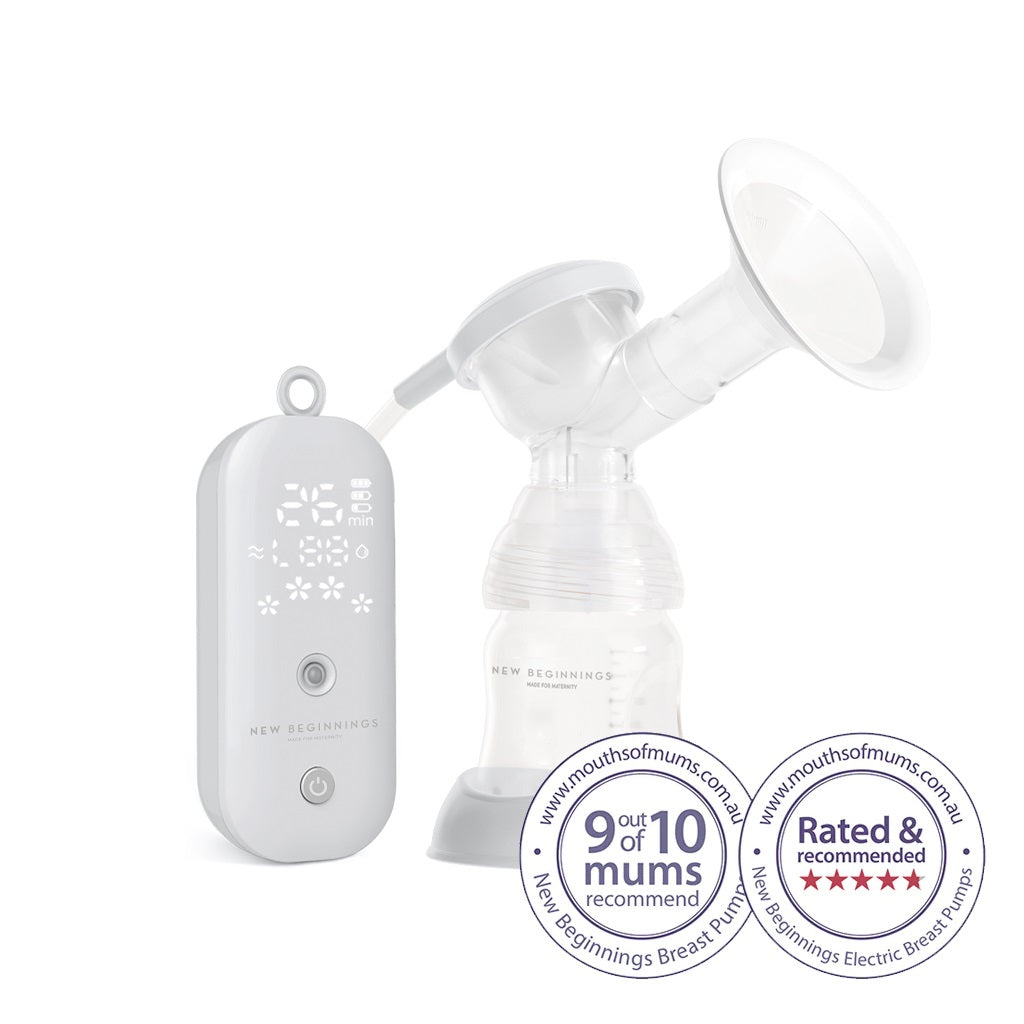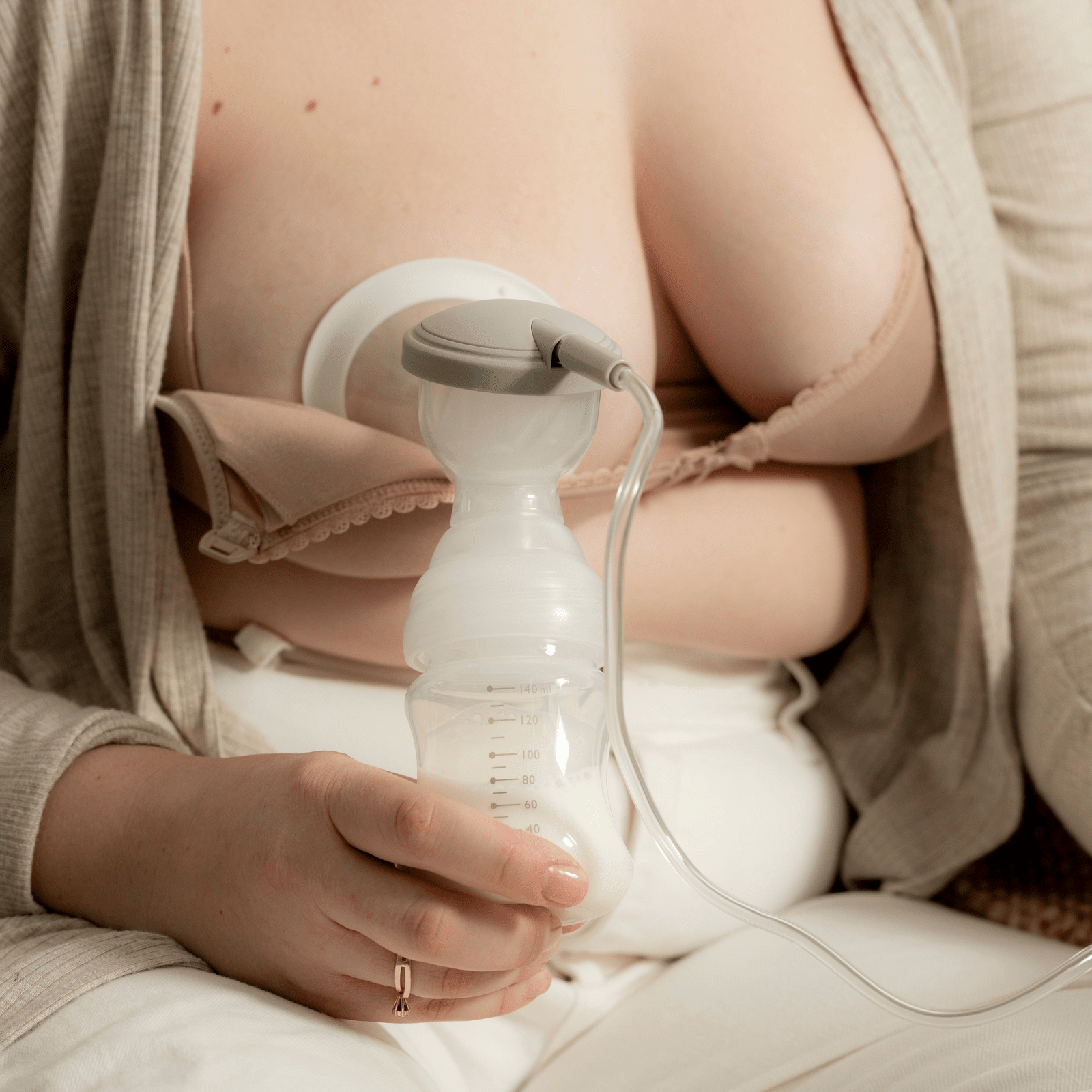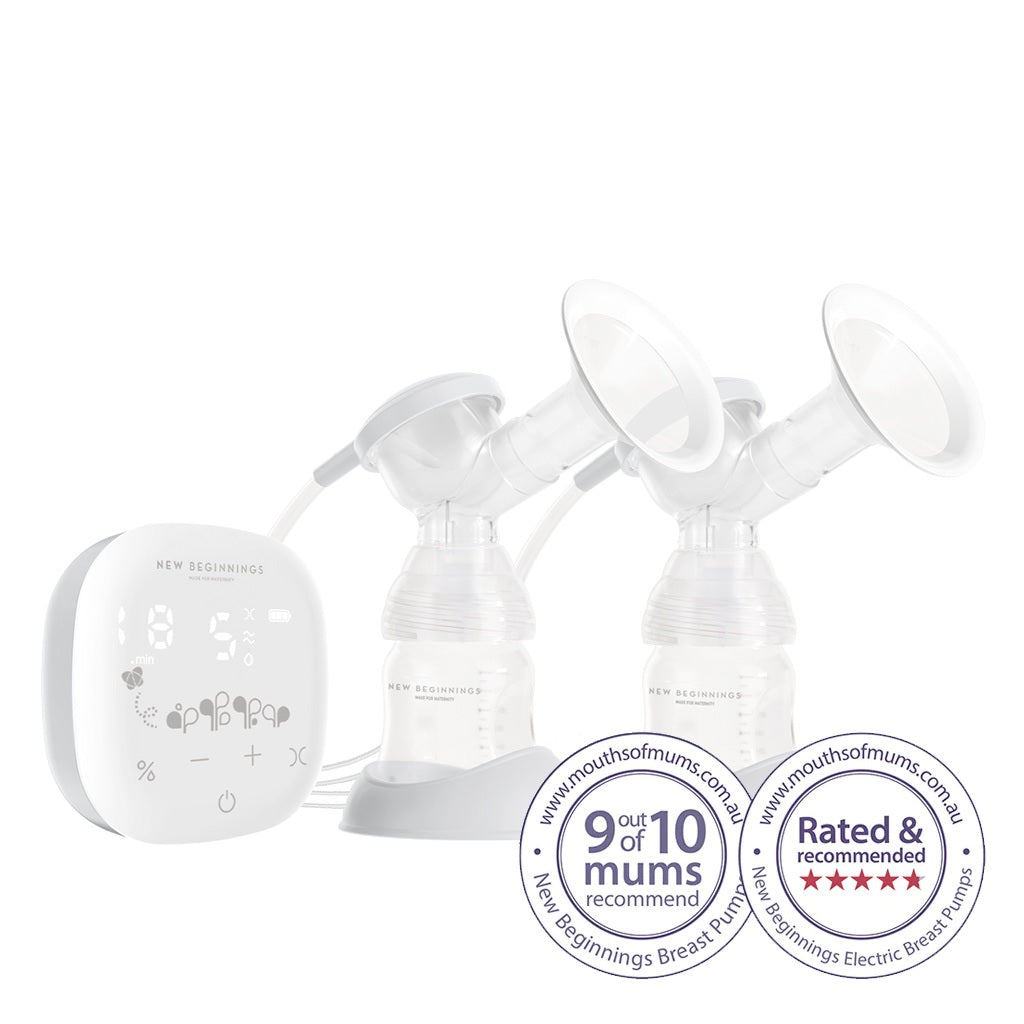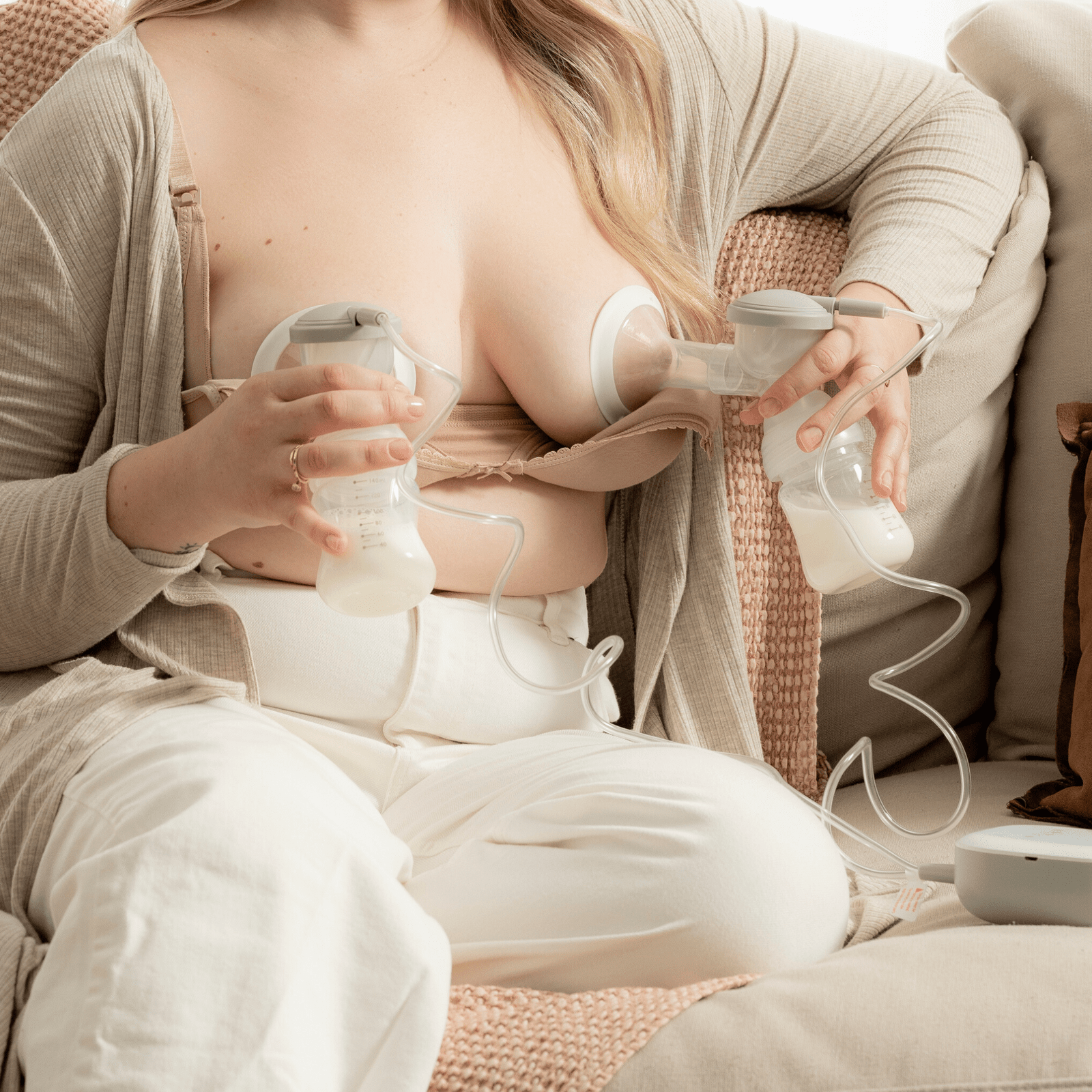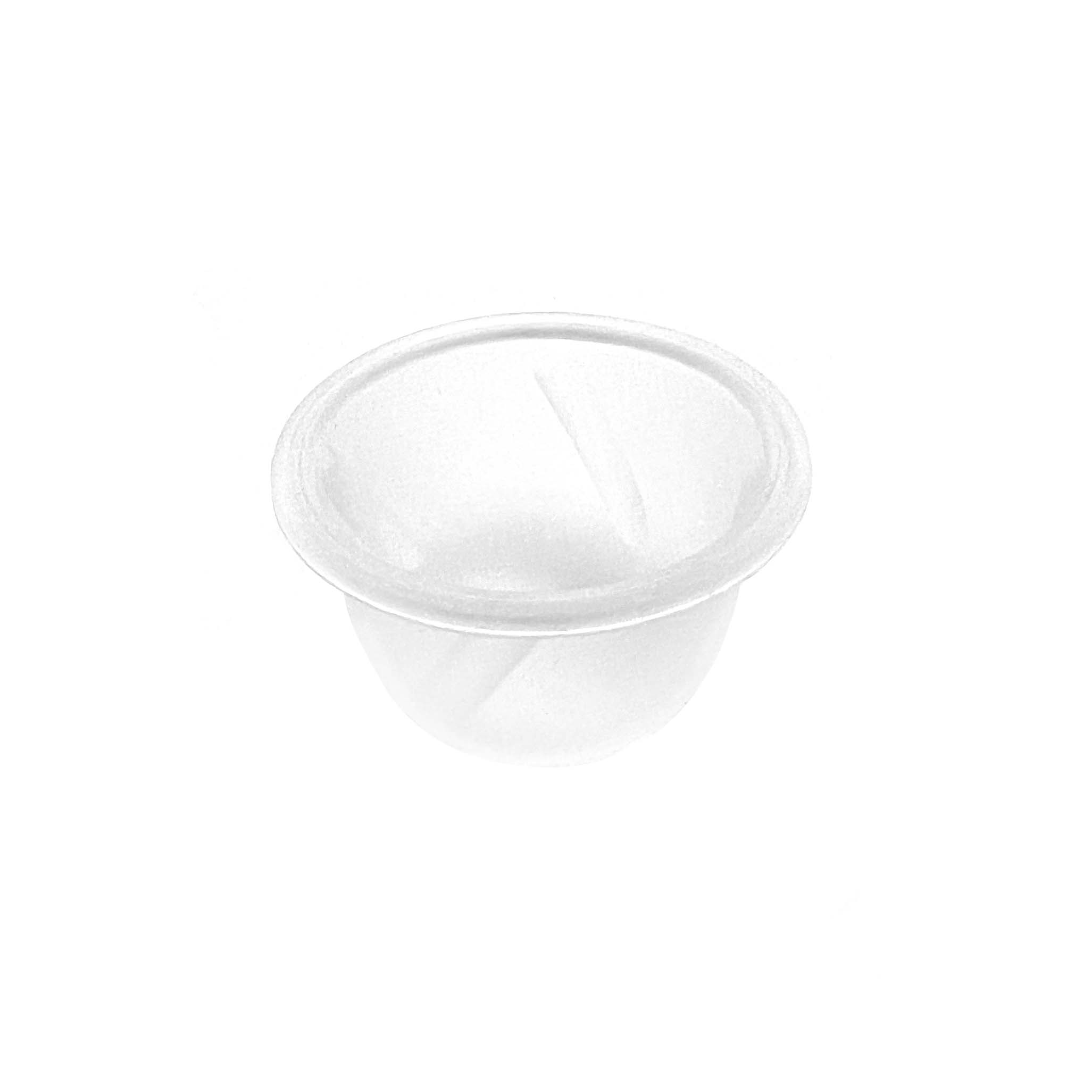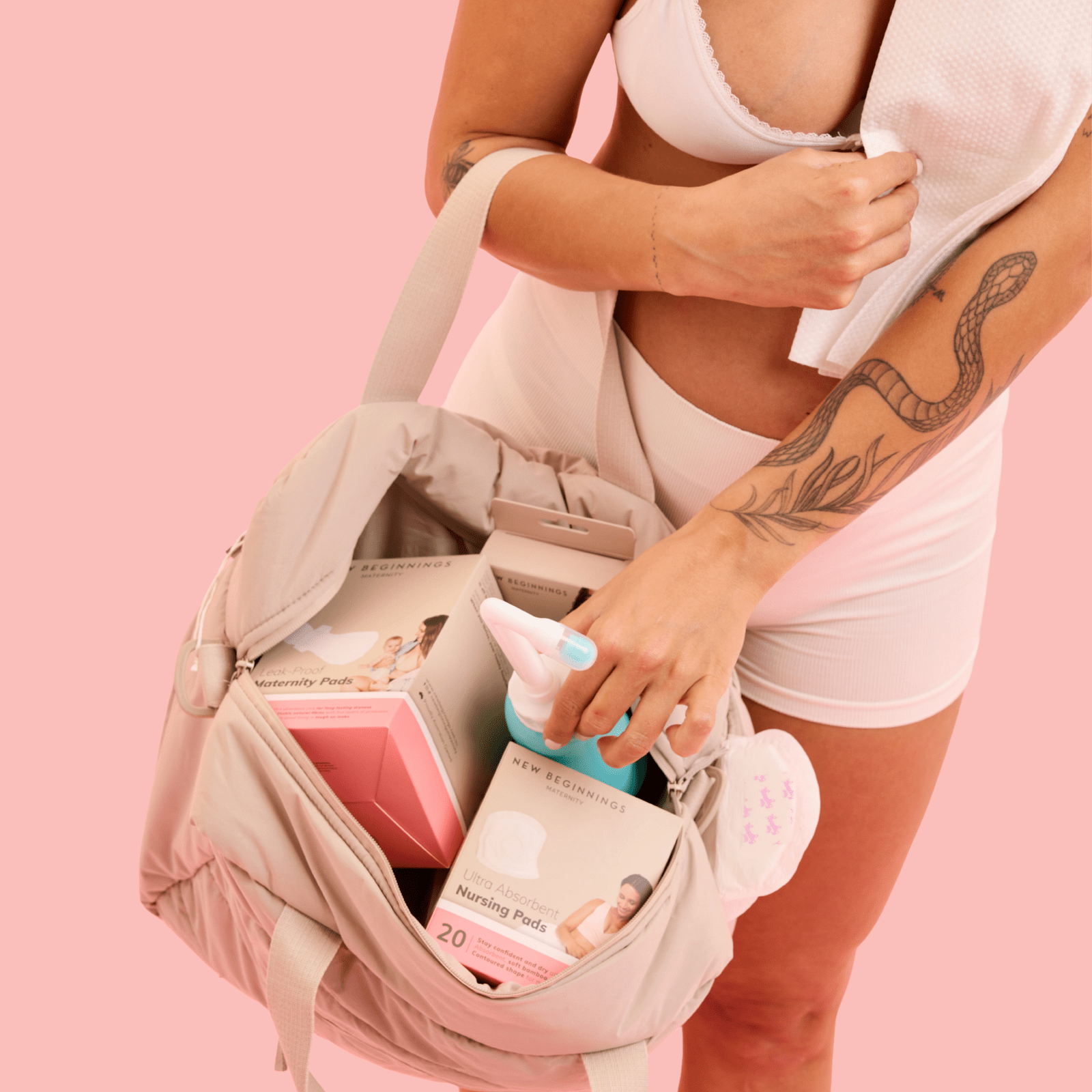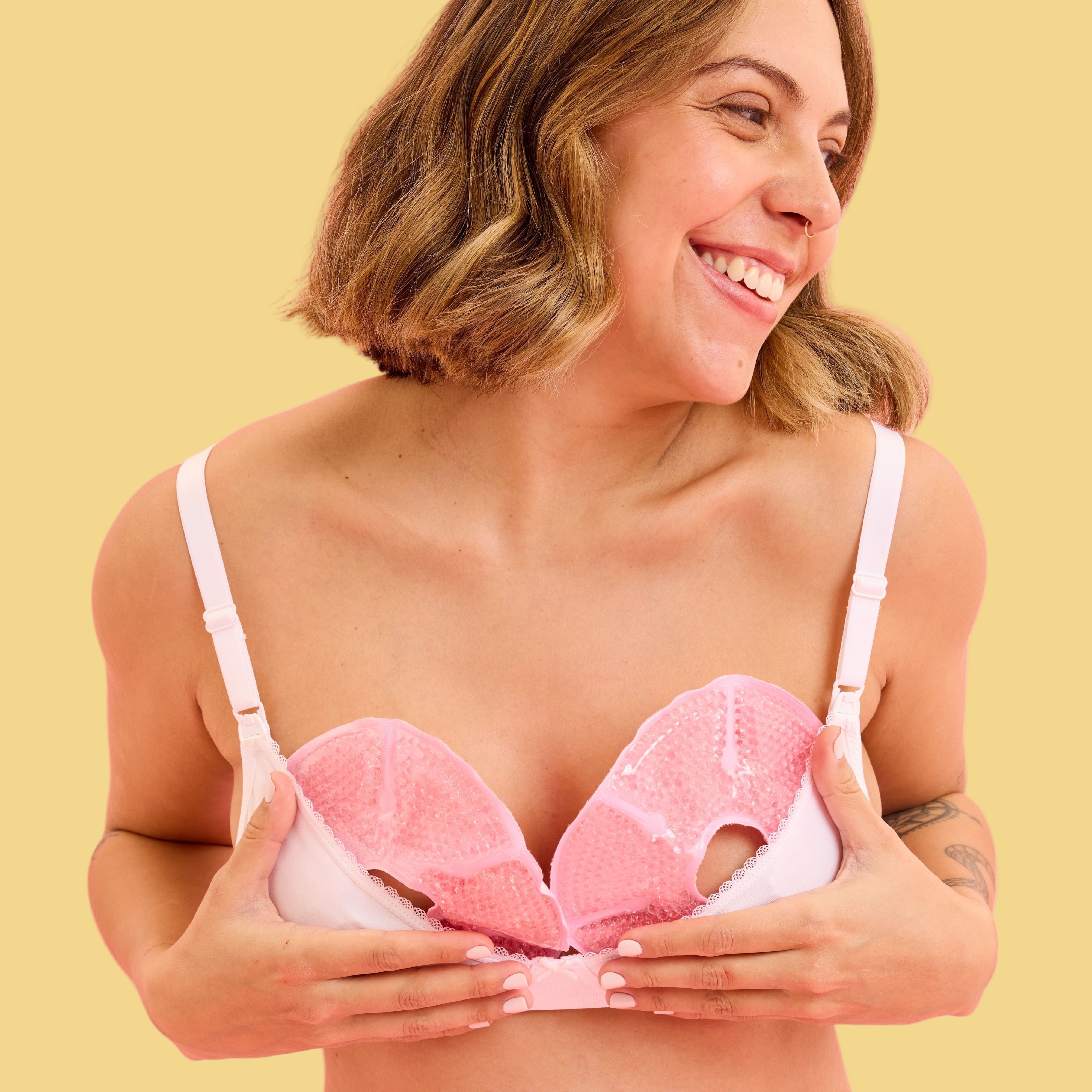
Bringing your newborn home is a whirlwind of excitement and questions. From swaddling techniques to understanding your baby's sleep patterns, there's a lot to learn when caring for your newest family member.
Here at New Beginnings, our community of mums have shared that when it comes to breastfeeding, questions about latching, feeding duration, and tips for relieving breastfeeding discomfort are the questions that usually come up on the top of their list.
To help new mums along this journey, we've put together a list of the most common questions we hear around breastfeeding newborns and how to establish good feeding habits. So let's dive in.
How often do newborns feed?
During the first two to four weeks after birth, your baby will be a frequent feeder, demanding feeding every one-and-a-half to three hours, totalling around 8 to 12 feeds in a day. During the first few weeks with your newborn, feeding routines and milk supply is still being established, so you might find your little one wants to cluster feed, which could mean feeding every 30 minutes to 1hr.
How long should a feeding session last?
There's no one-size-fits-all answer to this question. Newborns can spend anywhere from 10 to 45 minutes on one or both breasts during a feeding. As they grow and become more efficient at nursing, breastfeeding times may shorten to as little as 5 to 10 minutes per side.
Each baby is unique, and their feeding needs vary, so focus on their cues to know when your little one has had enough breastmilk. Signs they're full include detachment and appearing sleepy or 'milk drunk.' If you're concerned about excessively long feedings, consult a healthcare professional or lactation specialist.
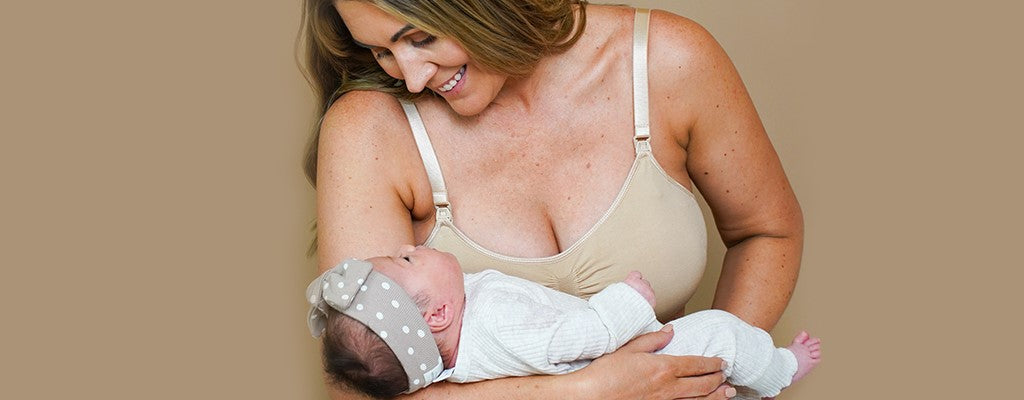
How long should you breastfeed on each side?
It's essential to alternate breasts to maintain balanced milk supply and prevent engorgement. However, there's no strict time limit for each side. Feed on one breast until your baby stops suckling, burp them, then switch to the other breast. Pay attention to your baby's cues.
What is a good breastfeeding latch?
A skilled lactation consultant will emphasise the significance of a proper latch in successful breastfeeding. Here's how to achieve it:- Position your baby on their side, ensuring they face you directly with their belly touching yours. Use a pillow for support if needed, but avoid leaning over.
- Gently encircle your areola with your thumb and fingers.
- Tilt your baby's head back slightly and encourage them to open their mouth wide by gently touching their lips with your nipple.
- Guide your baby to latch by having them start with their lower jaw, positioning it beneath the nipple.
- Tilt your baby's head forward and help them latch deeply onto your breast, ensuring they take in both the nipple and at least 1cm of the surrounding areola.
How can I Increase milk supply?
Increasing milk supply can be essential for breastfeeding mothers who may be experiencing low milk production. Here are some strategies to help boost your milk supply:
- Frequent Breastfeeding: One of the most effective ways to increase milk supply is by breastfeeding your baby more often. The more you nurse, the more your body will produce milk to meet the demand.
- Proper Latch: Ensure your baby has a good latch, as an efficient latch helps your baby extract more milk, signalling your body to produce more.
- Stay Hydrated: Drink plenty of water to stay well-hydrated. Dehydration can affect milk supply.
- Nutritious Diet: A balanced diet rich in whole foods can support milk production. Some foods like oats, fenugreek, and fennel may help boost supply, but consult with a healthcare provider before trying any supplements.
- Breast Compression: While nursing, use breast compression to help your baby get more milk. This can stimulate milk flow and empty the breast effectively.
- Pumping: Adding pumping sessions between feedings can signal your body to produce more milk. Using a breast pump after breastfeeding can help ensure that the breast is fully emptied.
- Skin-to-Skin Contact: Spend time skin-to-skin with your baby. This not only fosters bonding but can also stimulate milk production.
- Reduce Stress: High stress levels can negatively impact milk supply. Find ways to relax and manage stress, such as deep breathing, yoga, or meditation.
- Get Adequate Rest: Rest is crucial for milk production. Try to nap when your baby naps and reduce other activities that may cause fatigue.
- Avoid Overusing Dummies or Bottles: These can interfere with a baby's ability to nurse effectively, leading to reduced milk intake.
- Consult a Lactation Consultant: If you continue to have issues, it's a good idea to consult a lactation consultant or healthcare provider for personalised guidance.
- Medications: In some cases, healthcare professionals may prescribe medications to boost milk supply. These should only be used under medical supervision.
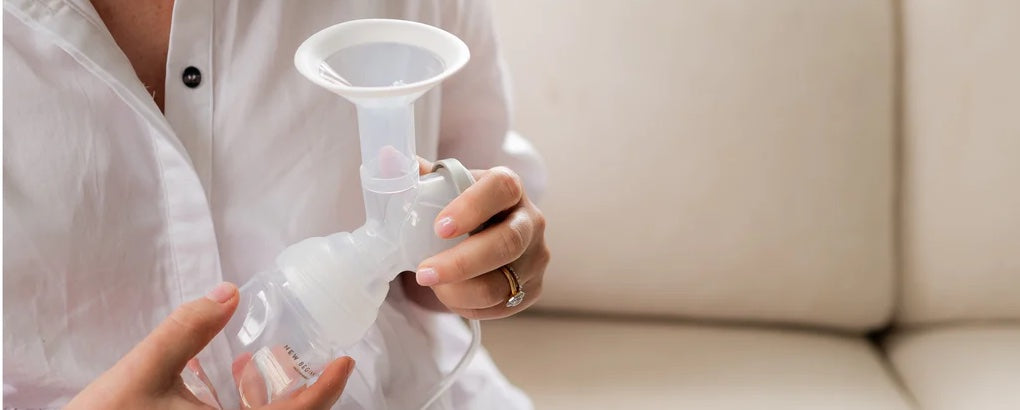
Easing nipple pain
Nipple pain during breastfeeding is a common issue, especially in the early days. It's essential to address the pain to ensure a comfortable breastfeeding experience for both you and your baby. The most common cause of nipple pain is an improper latch. Make sure your baby has a deep latch, with their mouth covering a good portion of the areola, not just the nipple. A shallow latch can cause nipple pain.
- Warm Compress: Applying a warm, moist compress to your nipples before breastfeeding can help soften the areola and make it easier for your baby to latch on.
- Cool Compress: After breastfeeding, a cold breast pad can help reduce any inflammation or soreness. You can use a cold, damp cloth or gel pads designed for breastfeeding.
- Nursing Pads: Use soft, breathable nursing pads to prevent friction and irritation between your nipple and your bra.
If the pain continues, or if you suspect an underlying issue, consider seeking help from a lactation consultant. They can provide expert guidance and assess your baby's latch.

Breastfeeding supplies
Here's a quick list of some our favourite breastfeeding supplies:
- Maternity bras: Comfortable support for easy feeding. Shop maternity bras.
- Nursing pads: Keep leaks at bay, stay dry and confident. Shop nursing pads.
- Nipple cream: Soothe and protect sensitive skin.
- Breast pump: Efficient milk expression and storage. Shop breast pumps.
- Milk storage bags: Store breast milk for later use. Shop milk storage bags.
Understanding your baby's feeding habits and duration is essential, but flexibility is key. Newborns have varying needs, and it's crucial to respond to their cues for a successful breastfeeding journey. You got this mumma.





